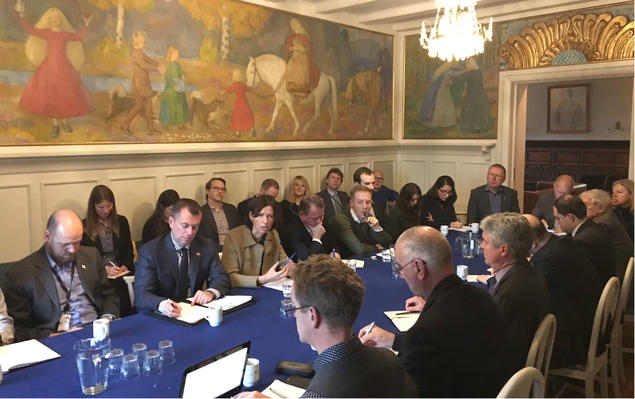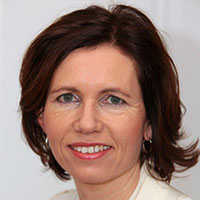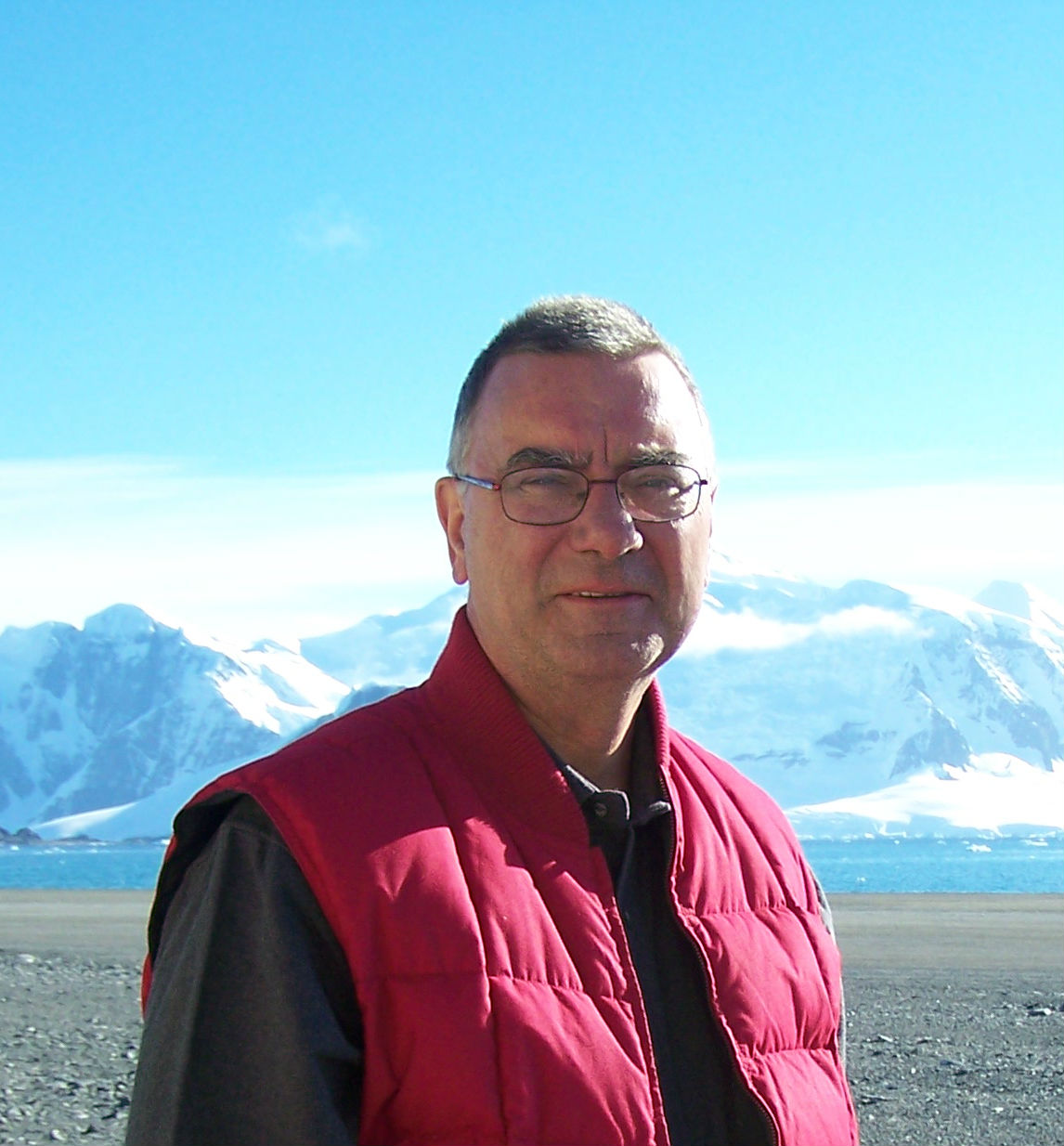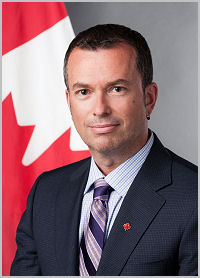Discussed the need for Arctic reform

What future for the Arctic? A pristine and preserved natural reserve, or a full-on "race for resources"? Norway’s new Ambassador for Arctic Affairs has clear views.
The ambassador, Anniken Ramberg Krutnes, expressed her views – which perhaps might trigger controversy in parts of the environmental movement - during a recent roundtable discussion on Arctic issues held at the Fridtjof Nansens Institute (FNI). The event was arranged by the Canadian embassy and FNI, and both government officials and senior researchers joined in the discussion.
Frustrated
On the agenda were questions relating to the Arctic Council and its 20th anniversary, and where the Council should go from here. Among the key questions were how to ensure a sustainable, “green and blue development” in the region, and on this point, ambassador Krutnes voiced a certain personal frustration.
“The discussion we see in today’s public debate is too often based on the prerequisite “use or protect” - it is either one or the other. But we have to discuss how it is possible to do both. And we have shown that it is possible to do both, in a balanced way, even in the Arctic. The Russian-Norwegian common fisheries management in the Barents Sea is an excellent example,” said Krutnes after the discussion.
Look to the Antarctic
 Environmental groups and others have argued for the need to establish natural reserves in the Arctic region (similar to what was recently negotiated for the Ross Sea in the Antarctic), in order to maintain and preserve important ecosystems in the north. On the other hand, others have depicted a “race for recources” and underlined the continued need for energy resources and the need to harvest the immense natural riches that lie in the Arctic.
Environmental groups and others have argued for the need to establish natural reserves in the Arctic region (similar to what was recently negotiated for the Ross Sea in the Antarctic), in order to maintain and preserve important ecosystems in the north. On the other hand, others have depicted a “race for recources” and underlined the continued need for energy resources and the need to harvest the immense natural riches that lie in the Arctic.
“The debate is so polarized; it is either use or preserve, whereas we should strive for a more sophisticated discussion, exploring how it is possible to do both. This is something we have strong traditions for in Norway,” says Krutnes.
Need for reform
The roundtable discussion also touched upon various ways in which the Arctic Council could be reorganized in order to function more effectively. Senior researcher Svein Vigeland Rottem at the Fridtjof Nansen Institute was clear on the need for reform.
“In 1996, the Council was running 30 projects. Today the number is 80 – and it is likely to grow. This brings challenges of capacity and coordination, which need to be addressed,” Rottem said.
New member category?
Also Peter Harrison, Professor Emeritus at Queen's University and former Deputy Minister of Natural Resources Canada and the Department of Fisheries and Oceans, voiced the need for a structural reform. As a remedy against the increasing number of countries wanting observer status to the Council, he suggested adding another "member category", besides the member states and the observers:
"Why not make additional interested states “associates”, and just include them to the parts of the Council's work that are of direct interest and relevance to them, for instance the scientific work. They don't want to be part of everything, just the parts that are of direct relevance. Of course, there’s all the geopolitics as well – but that will go on between states bilaterally, it doesn’t have to be part of the Council," Harrison suggested after the debate.
CCS cooperation
 Canada's Ambassador to Norway, Artur Wilczynski, took the opportunity to highlight Norway’s and Canada’s mutual interests in the Arctic region, both relating to climate change, clean energy and science. He also pointed to another possible field for cooperation between the two countries; Carbon capture and Storage (CCS).
Canada's Ambassador to Norway, Artur Wilczynski, took the opportunity to highlight Norway’s and Canada’s mutual interests in the Arctic region, both relating to climate change, clean energy and science. He also pointed to another possible field for cooperation between the two countries; Carbon capture and Storage (CCS).
“Canada has several commercial CCS projects, and these projects could definitely be of interest also for Norway. CCS will be fundamental as part of the solution in dealing with climate change,” the ambassador said.
